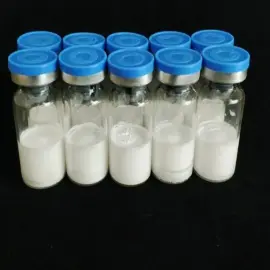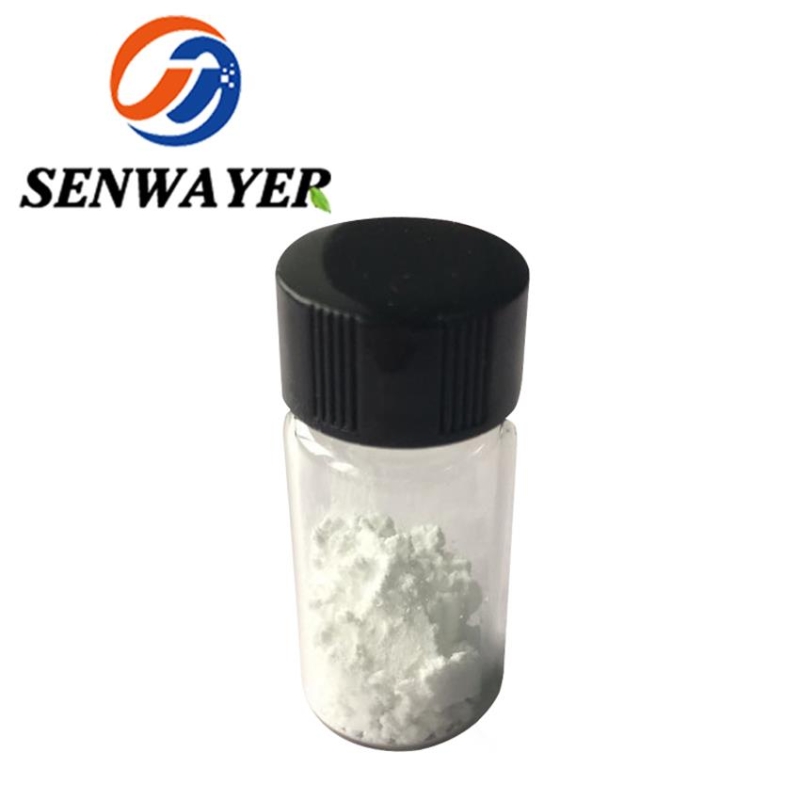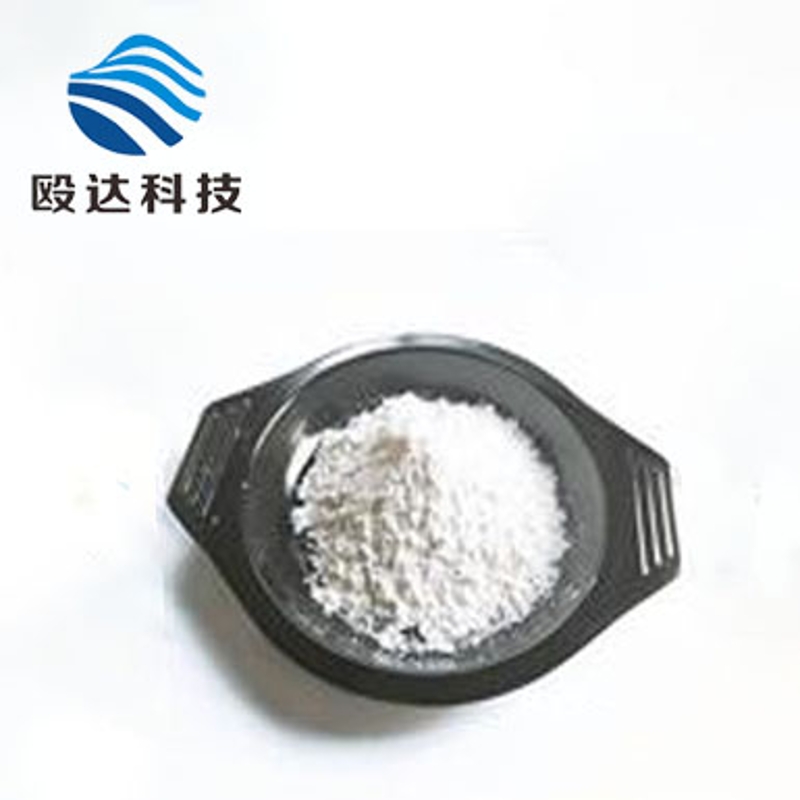How to implement FDA analytical method validation?
-
Last Update: 2017-12-21
-
Source: Internet
-
Author: User
Search more information of high quality chemicals, good prices and reliable suppliers, visit
www.echemi.com
[technical article of chinapharma.com] in July 2015, FDA issued the final draft of the guidance analytical procedures and methods validation for drugs and biology, which provides technical guidance for the validation of analytical methods in the pharmaceutical industry This guide introduces many contents, including drafting background, regulatory requirements, research and development of analytical methods, content requirements of analytical methods, requirements of standards and reagents, requirements of validation of analytical methods, statistical analysis and models, life cycle management of analytical methods, and content of method validation Validation of analytical methods has always been a key issue in drug R & D and quality control, as well as a key issue, which has been concerned by the pharmaceutical industry Before July 2015, a series of relevant guidelines or guidelines have been issued by the regulatory authorities all over the world: -- technical guidelines for validation of analytical methods for quality control of chemical drugs issued by China CDE; -- Guidelines for validation of analytical methods for quality standard of drugs, appendix XIX a of Pharmacopoeia, 2015 edition; -- validity of analytical procedures: text and Methodology; -- FDA guidelines analytical procedures and methods17 validation --- FDA guidelines for submitting samples and analytical data for methods validation In July 2015, FDA issued the final draft of the guidance analytical procedures and methods validation for drugs and biology, which provides technical guidance for the validation of analytical methods in the pharmaceutical industry This guide introduces many contents, including drafting background, regulatory requirements, research and development of analytical methods, content requirements of analytical methods, requirements of standards and reagents, requirements of validation of analytical methods, statistical analysis and models, life cycle management of analytical methods, and content of method validation Part: the requirements of analytical method development in the early stage of method development, the durability of the method should be evaluated and studied, because this attribute can help the applicant decide which method to submit for approval The early analysis method of R & D is based on the understanding of basic methodology and previous experience The experimental data of the early program can be used to guide further research and development If these R & D data support the validation of analytical methods, the applicant shall submit relevant R & D data in the method validation section In order to fully understand the impact of changes in analytical method parameters, applicants should use a systematic method to conduct method durability studies (such as designing a method parameter experiment) Applicants should start with a risk assessment and then conduct a multivariate experiment This method enables the applicant to understand the influence of parameter factors on method performance The performance evaluation of the method can include the analysis of samples from the central control stage to the finished product stage in the production process Knowledge gained from research on the sources of these method changes can help applicants evaluate the performance of the method Part II: content requirements of analytical methods in this part, the FDA guidelines introduce a lot of contents, in order as follows: 2.1 principle / scope needs to describe the basic principles of analytical test methods / technologies (i.e separation, detection) Also describe the target analyte and sample type (e.g., drug substance, preparation, impurity or compound in biological liquid) 2.2 instruments / equipment in this part, all the required confirmed instruments and components (such as instrument type, detector, column type, size and replaceable column, filter type) shall be described 2.3 operation parameters need to provide optimized parameter settings and ranges (including allowable adjustments from pharmacopoeia or R & D and / or validation studies), which are critical to the analysis process (such as flow rate, component temperature, operation time, detector settings, gradient, headspace injector) When appropriate, sample plots of empirical parameter settings and integration parameters can be used as supplements 2.4 reagents: in this part, it is required to provide: -- description of reagents or standards --- level of chemicals (for example, USP / NF, American Chemical Association, HPLC, GC or preservative free) --- source (for example, USP standard, internally confirmed reference material, who international standard / reference material, CBER standard) -- purity (only needed for pure chemicals), status (such as dry products, not dry products) and concentration titer (required by CFR, USP) -- storage conditions -- safe use instructions (subject to current MSDS) -- shelf life verified or confirmed in writing -- biological reagents New batches of, for example, monoclonal antibodies, polyclonal antigens, or cells may need to include further validation procedures as part of the analytical method 2.5 sample preparation procedure for each test sample (e.g extraction method, dilution or concentration, desalination and ultrasonic mixing, shaking or ultrasonic time) For qualitative single sample preparation method of sample, quantitative test of parallel sample preparation method, appropriate concentration unit of working solution (such as μ g / ml or mg / ml), and information of solution stability and storage conditions 2.6 preparation and use procedures of all standard solutions and control solutions It is necessary to indicate the appropriate concentration unit, with standard stability information and storage conditions, including calibration standards, internal standards, system suitability standards, etc 2.7 step by step description of the method in the inspection procedure (e.g balance time, scanning / injection sequence, blank, base sample, sample, control sample, sensitive solution (impurity method) and standard sample to maintain the applicable effectiveness of the system during the analysis), as well as adjustment of the allowable operation range and appropriate time 2.8 the system adaptability verifies the test procedures and parameters to ensure that the system (instrument, data workstation and analysis operation points and analysis control points) can operate correctly as a whole when in use Acceptable criteria for system suitability for control and samples, such as tailing factors, precision and resolution acceptability criteria, may be required where appropriate For system applicability of chromatographic system, please refer to FDA Industry Guide "verification of chromatographic methods" and USP general theory chromatography 2.9 calculate the integration method and representative calculation formula used in data analysis (standard, control, sample) based on the identification statement and quality standards (such as content, specific and non-specific impurities and relative response factors) It should include descriptions of all mathematical transformations or formulas used in data analysis, as well as scientific demonstration of all correction factors used 2.10 presentation of digital data in accordance with instrument capabilities and acceptable standards The method should indicate which format to use to report the results (e.g., identifying the declared percentage, weight / weight, weight / volume), and specify the number of significant digits to report The American Society for testing and materials (ASTM) E29 standard describes a standard specification that uses significant digits in test data to determine compliance with quality standards In the case of chromatographic methods, the applicant shall include the retention time (RT) for comparison with the standard, the acceptable range of relative retention time (RRT) (known and unknown impurities) and the sample result reporting standard Part III: requirements for standards and reagents reference standards and secondary standards and substances have been defined and discussed in ICH guidelines: q6b quality standards: biotechnology / biological product inspection methods and acceptable standards and Q7 GMP guidelines for APIs The applicant shall ensure that all standards are suitable for the purpose The applicant shall strictly abide by the storage and use conditions and processing instructions of standard products to avoid changes and pollution, which may lead to other impurities and inaccurate analysis The applicant shall include supporting information on the suitability of each standard and substance for its use in the application materials When appropriate, the information supporting standards and substances shall include confirmation test reports and inspection reports (including stability test scheme, reports, general information of relevant known impurities) For biological products under bla, the confirmation of subsequent standard batches shall be included in the annual report Standards are usually available from USP, EP, JP, who or international standards technical committee A large number of biological product standards can also be obtained from CBER For specific biological products listed in the United States, CBER authorized standards must be used before the product is released for marketing The control substance obtained from other sources shall be confirmed according to the procedure, including routine test and items beyond the routine release test as described in ICH q6b The applicant should consider matrix method to confirm the standard Additional testing may include determining the suitability of the standard, which may not be found in API or drug release testing (e.g., more comprehensive structure validation and potency, purity and impurity matrix techniques) The new standard (or self-made) shall be confirmed / corrected with the current standard For biological product standards and substances, FDA recommends that applicants adopt a dual track method when identifying new standards to prevent the drift of quality attributes The two track method is to compare each new standard with the reference standard, so as to associate it with the clinical trial substance and the current production process Part 4: requirements for validation of analytical methods 4.1 validation of non Pharmacopoeia analytical methods is the process of proving that an analytical method is suitable for its intended use The purpose of methodology and analytical methods should be clearly defined and understood before the start of validation studies This understanding comes from research and development and optimization of scientific methods The validation data must be generated from the scheme approved by the applicant according to the GMP specification The scheme shall have the methodological description of each validation item, determine and discuss the acceptable standards, and implement the validation with the confirmed instruments A validation protocol should be drafted and implemented for the API and formulation analytes or analytical mixtures of the corresponding matrices The applicant shall include the details of the validation study and results in the application materials 4.2 validation attribute items although not all validation attributes are applicable to all types of tests, general validation attributes include: specificity specificity linear accuracy precision (repeatability, intermediate precision, Accuracy (repeatability, intermediate precision and reproducibility) range quantification limit detection limit If a method is a validated quantitative analysis method, which can detect changes in quality attributes of APIs and preparations during storage, it is considered to be a test method with stability indicator In order to prove the specificity of a stability indicating test method, a series of challenges are needed Some challenges include adding target analytes and all known interferences to samples, samples that have undergone strong degradation tests in different laboratories, and samples of actual drugs (produced by the final production process) that have been placed for a long time or stored under accelerated temperature and humidity conditions 4.3 Pharmacopoeia analytical method the applicability of an analytical method (such as USP / NF, AOAC International analytical method, or other recognized standard control) shall be determined by
This article is an English version of an article which is originally in the Chinese language on echemi.com and is provided for information purposes only.
This website makes no representation or warranty of any kind, either expressed or implied, as to the accuracy, completeness ownership or reliability of
the article or any translations thereof. If you have any concerns or complaints relating to the article, please send an email, providing a detailed
description of the concern or complaint, to
service@echemi.com. A staff member will contact you within 5 working days. Once verified, infringing content
will be removed immediately.







